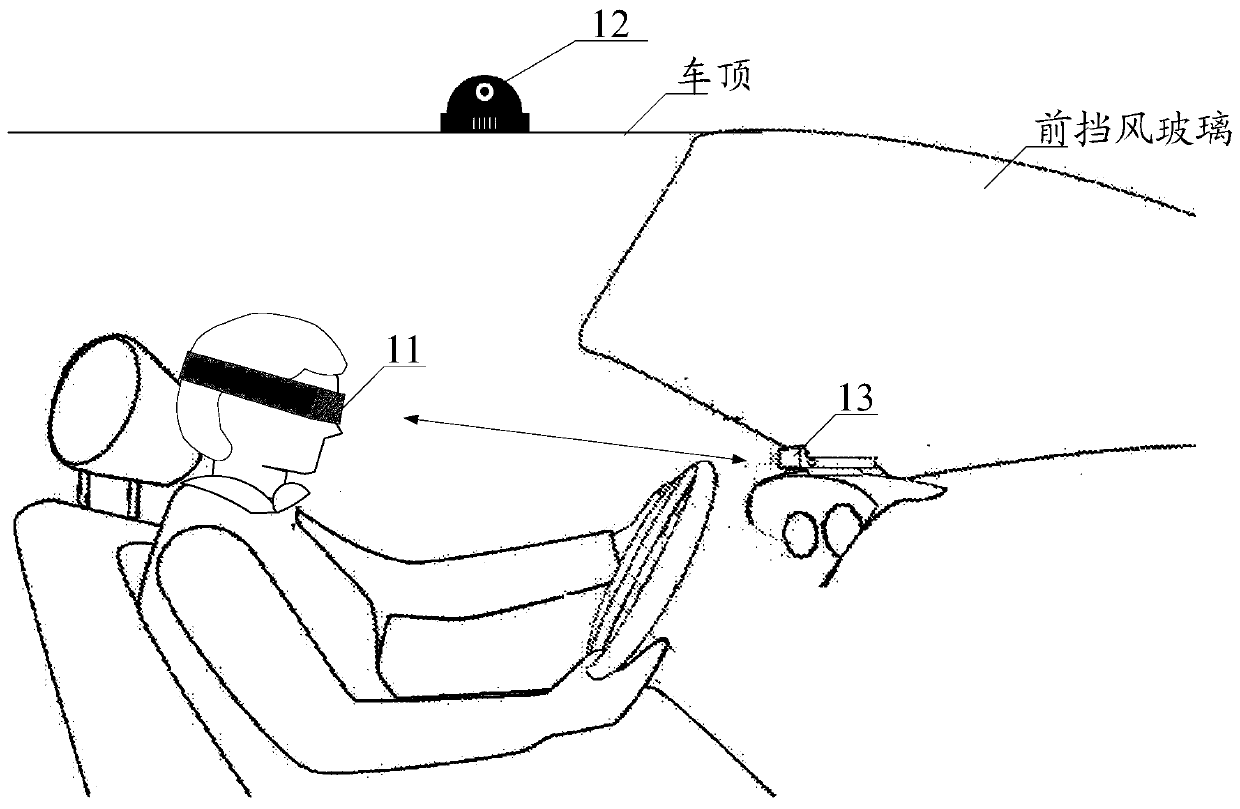Information providing method, device and system
A technology of correlated information and information conversion, applied in stereo systems, closed-circuit television systems, optical observation devices, etc., can solve problems such as single function, and achieve the effect of increasing functions
- Summary
- Abstract
- Description
- Claims
- Application Information
AI Technical Summary
Problems solved by technology
Method used
Image
Examples
Embodiment Construction
[0034] The following will clearly and completely describe the technical solutions in the embodiments of the present invention with reference to the accompanying drawings in the embodiments of the present invention. Obviously, the described embodiments are only some, not all, embodiments of the present invention. Based on the embodiments of the present invention, all other embodiments obtained by persons of ordinary skill in the art without making creative efforts belong to the protection scope of the present invention.
[0035] With the development of vehicle intelligence, there are more and more vehicle control devices, for example, HUD (Head Up Display, head up display), HUD is used to project important driving information such as multi-function instrument panel or navigation to the front windshield of the vehicle On the glass, the driver can see important driving information such as speed or navigation without bowing or turning his head.
[0036] Currently, on-board control...
PUM
 Login to View More
Login to View More Abstract
Description
Claims
Application Information
 Login to View More
Login to View More - R&D
- Intellectual Property
- Life Sciences
- Materials
- Tech Scout
- Unparalleled Data Quality
- Higher Quality Content
- 60% Fewer Hallucinations
Browse by: Latest US Patents, China's latest patents, Technical Efficacy Thesaurus, Application Domain, Technology Topic, Popular Technical Reports.
© 2025 PatSnap. All rights reserved.Legal|Privacy policy|Modern Slavery Act Transparency Statement|Sitemap|About US| Contact US: help@patsnap.com



